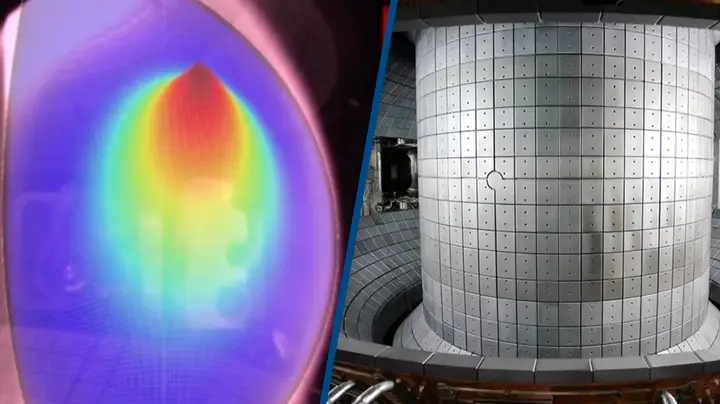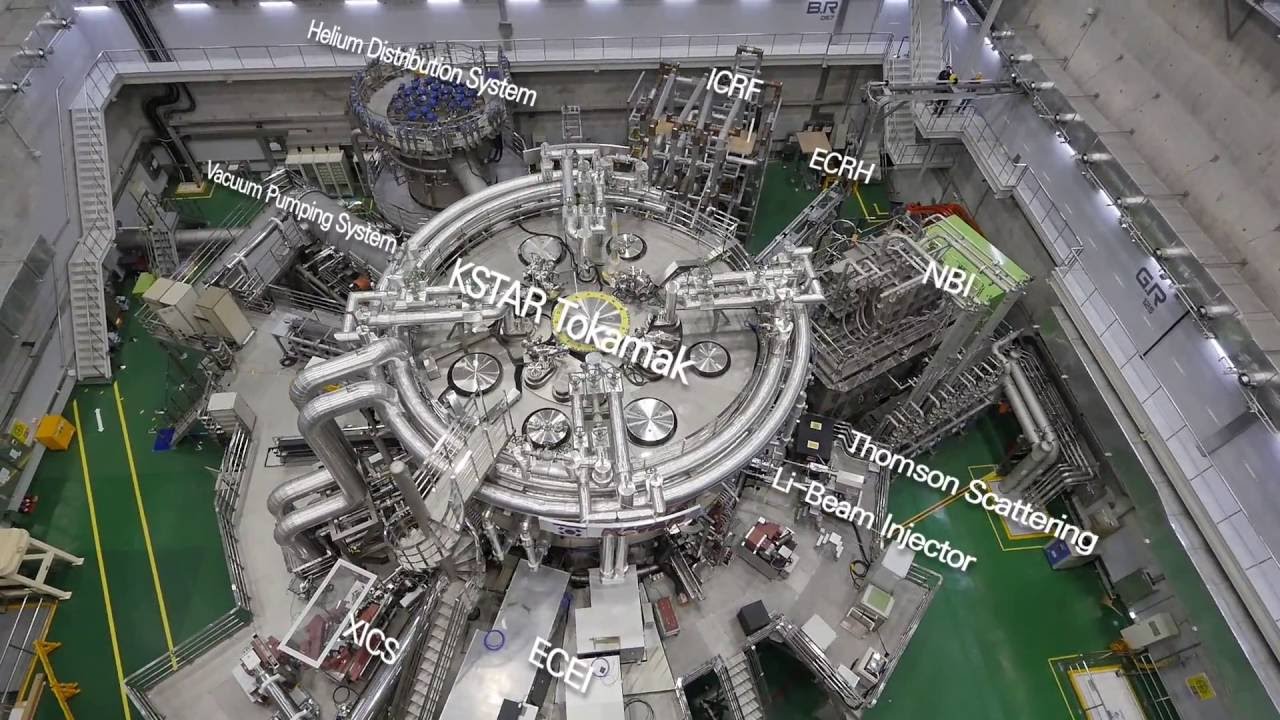South Korean Artificial Sun - Reaches100 Million Degrees Celsius For More Than 20 Seconds
South Korean scientists have successfully maintained a nuclear fusion process for 30 seconds at temperatures of over 100 million degrees Celsius, or about seven times hotter than the center of the Sun. South Korean artificial sun is a big step toward making fusion power work in the real world. Fusion power can copy the natural processes that happen inside the Sun to create a nearly endless supply of clean energy.
Author:Suleman ShahReviewer:Han JuSep 19, 202220 Shares490 Views

South Korean scientists have successfully maintained a nuclear fusion process for 30 seconds at temperatures of over 100 million degrees Celsius, or about seven times hotter than the center of the Sun.
South Korean artificial sunis a big step toward making fusion power work in the real world. Fusion power can copy the natural processes that happen inside the Sun to create a nearly endless supply of clean energy.
The hope is that this new approach may generate the same amount of power as conventional ones without creating any harmful byproducts like nuclear waste or greenhouse emissions. Yoo Suk-jae, head of the Korea Institute of Fusion Energy said:
“„We usually say that fusion energy is a dream energy source – it is almost limitless, with low emission of greenhouse gases and no high-level radioactive waste – [but the latest breakthrough] means fusion is not a dream.
Scientists anticipate that the machine will be able to maintain 100 million degrees for 50 seconds by the end of the year. Moreover, scientists want to achieve the same temperatures, but for 300 seconds, by 2026. Yoon Si-woo, director of Korea Superconducting Tokamak Advanced Research Center (KSTAR), said:
“„This is not the end of the story, we must move on to 300 seconds – 300 is the minimum time frame to demonstrate steady-state operations, then this plasma can work forever.

KSTAR(Korea Superconducting Tokamak Advanced Research) by drone
Plasma Experiments
The reactor at KSTAR was tested by researchers from Seoul National University and the Korea Institute of Fusion Energy. The team was able to improve the technologyused to keep the plasma in the center of the reactor.
The findings were released to the public in the September 7 issue of Nature. According to the article, the scientists were exposed to temperatures of 100 million degrees Celsius for a total of 20 seconds.
KSTAR has run 110 plasma experiments, including high-performance plasma operation and plasma disruption mitigation studies, in collaboration with domestic and international research institutions since it started running the device last August.
Throughout the duration of the experiment, the KSTAR Research Center continues to conduct experiments on a wide range of issues, including ITER investigations, with the goal of solving hard challenges in fusion research.
In May 2020, during the IAEA Fusion Energy Conference, the KSTAR will report on the major results of its experiments, including this accomplishment, to scientists from across the globe studying fusion energy.
The KSTAR hopes to reach its ultimate goal by 2025, which is to keep working for 300 seconds with ions that are hotter than 100 million degrees.
Techniques For Plasma Containment
Researchers are still looking for the most suitable techniques for keeping the plasma within the nuclear fusion reactor. One of these ways is to use the magnetic fields to make an edge transport barrier (ETB) that stops pressure suddenly near the reactor wall and traps heat and plasma inside.
Alternatively, the internal transport barrier (ITB) may be created by increasing the pressure within the plasma . Yong-Su Na and his SNU colleagues changed the ITB method to make the plasma less dense.
Based on their experiments at the Korea Superconducting Tokamak Advanced Research, it seems that the core temperature of the plasma has gone up.
As high temperatures are needed to extract energy from nuclear fusion, this is an essential component of the process. Instability may be brought on by either the ETB or the ITB. In any case, the KSTAR method showed stability, and it was only stopped because of hardware limitations.
More energetic ions in the core of the plasma, known as fast-ion-regulated enhancement (FIRE), are likely to have played a significant role in keeping the plasma stable at such high temperatures. Yet, the researchers have yet to pin down the precise processes at play.
Final Words
The experts agree that subsequent tests with South Korean artificial sun at greater duration may help the fusion reactor development cause. The area of nuclear fusion is progressing thanks to these kinds of findings. Problems, however, are gradually moving away from physics.
The biggest obstacle is figuring out whether a fusion reactor might be used to produce power at a reasonable cost. It's necessary for the technology to grow in size.

Suleman Shah
Author
Suleman Shah is a researcher and freelance writer. As a researcher, he has worked with MNS University of Agriculture, Multan (Pakistan) and Texas A & M University (USA). He regularly writes science articles and blogs for science news website immersse.com and open access publishers OA Publishing London and Scientific Times. He loves to keep himself updated on scientific developments and convert these developments into everyday language to update the readers about the developments in the scientific era. His primary research focus is Plant sciences, and he contributed to this field by publishing his research in scientific journals and presenting his work at many Conferences.
Shah graduated from the University of Agriculture Faisalabad (Pakistan) and started his professional carrier with Jaffer Agro Services and later with the Agriculture Department of the Government of Pakistan. His research interest compelled and attracted him to proceed with his carrier in Plant sciences research. So, he started his Ph.D. in Soil Science at MNS University of Agriculture Multan (Pakistan). Later, he started working as a visiting scholar with Texas A&M University (USA).
Shah’s experience with big Open Excess publishers like Springers, Frontiers, MDPI, etc., testified to his belief in Open Access as a barrier-removing mechanism between researchers and the readers of their research. Shah believes that Open Access is revolutionizing the publication process and benefitting research in all fields.

Han Ju
Reviewer
Hello! I'm Han Ju, the heart behind World Wide Journals. My life is a unique tapestry woven from the threads of news, spirituality, and science, enriched by melodies from my guitar. Raised amidst tales of the ancient and the arcane, I developed a keen eye for the stories that truly matter. Through my work, I seek to bridge the seen with the unseen, marrying the rigor of science with the depth of spirituality.
Each article at World Wide Journals is a piece of this ongoing quest, blending analysis with personal reflection. Whether exploring quantum frontiers or strumming chords under the stars, my aim is to inspire and provoke thought, inviting you into a world where every discovery is a note in the grand symphony of existence.
Welcome aboard this journey of insight and exploration, where curiosity leads and music guides.
Latest Articles
Popular Articles